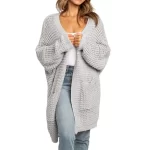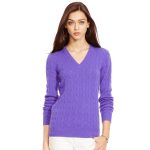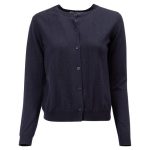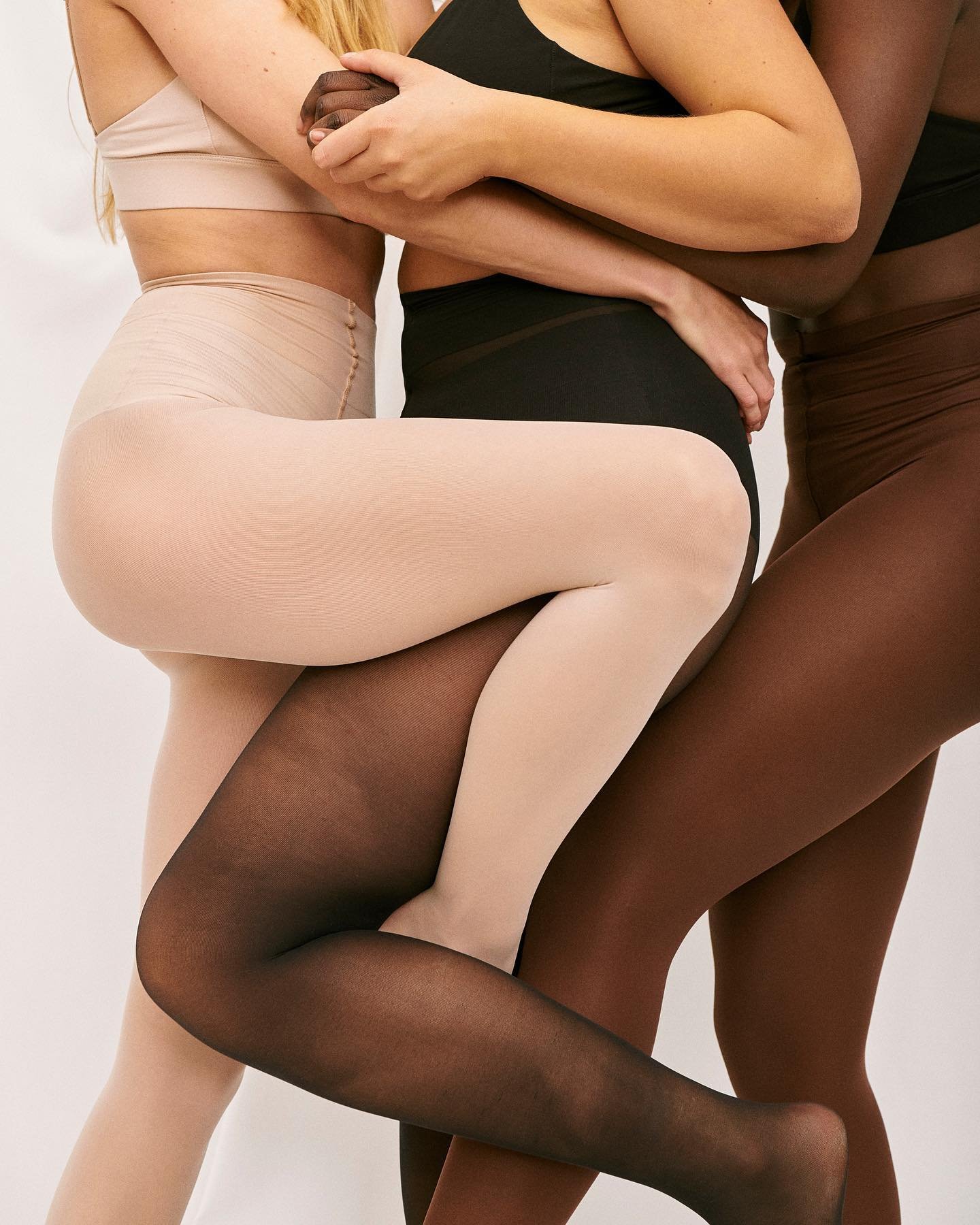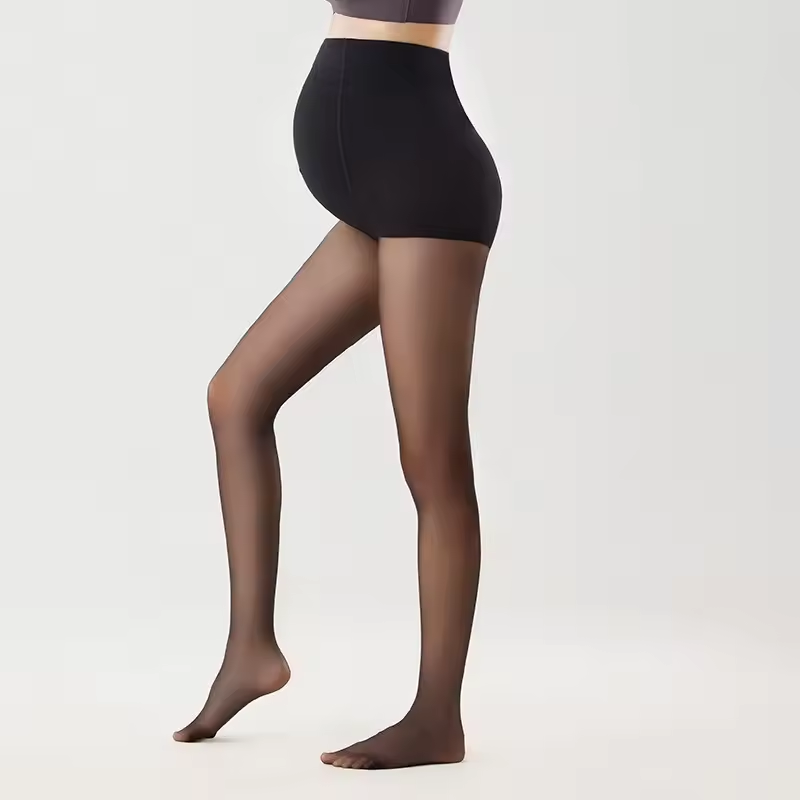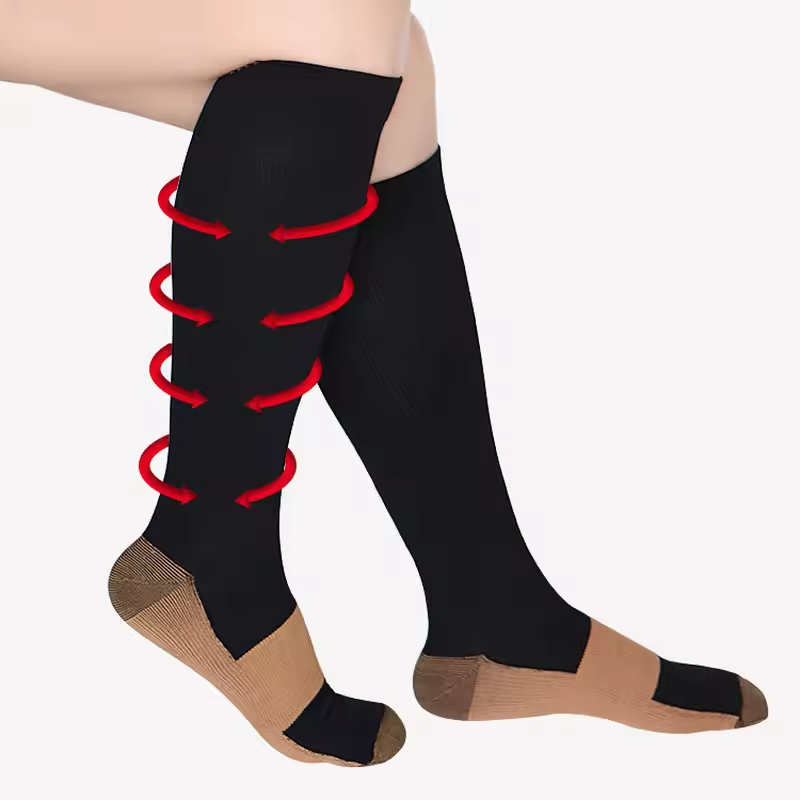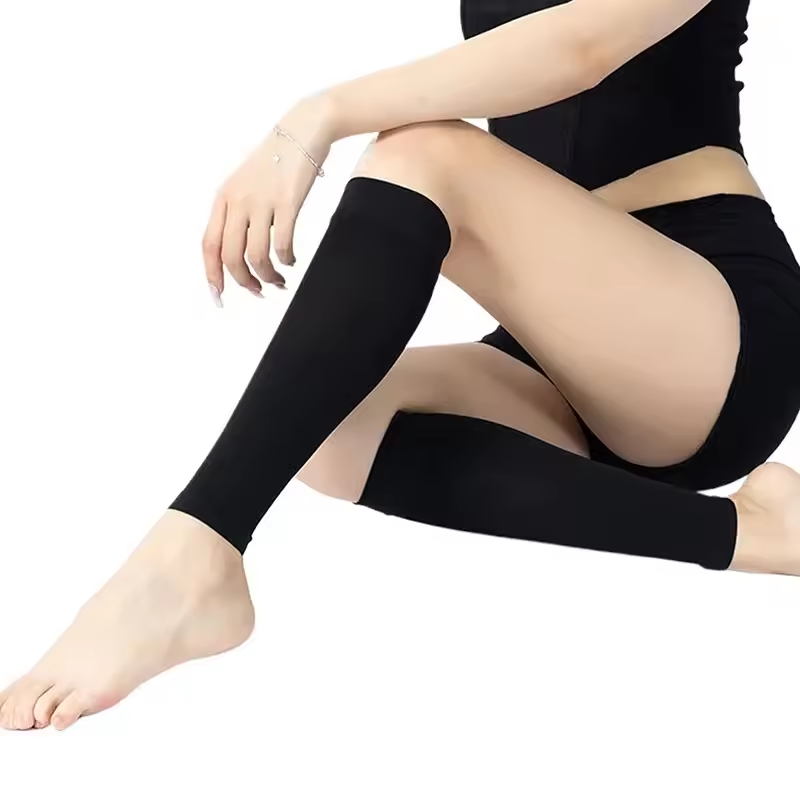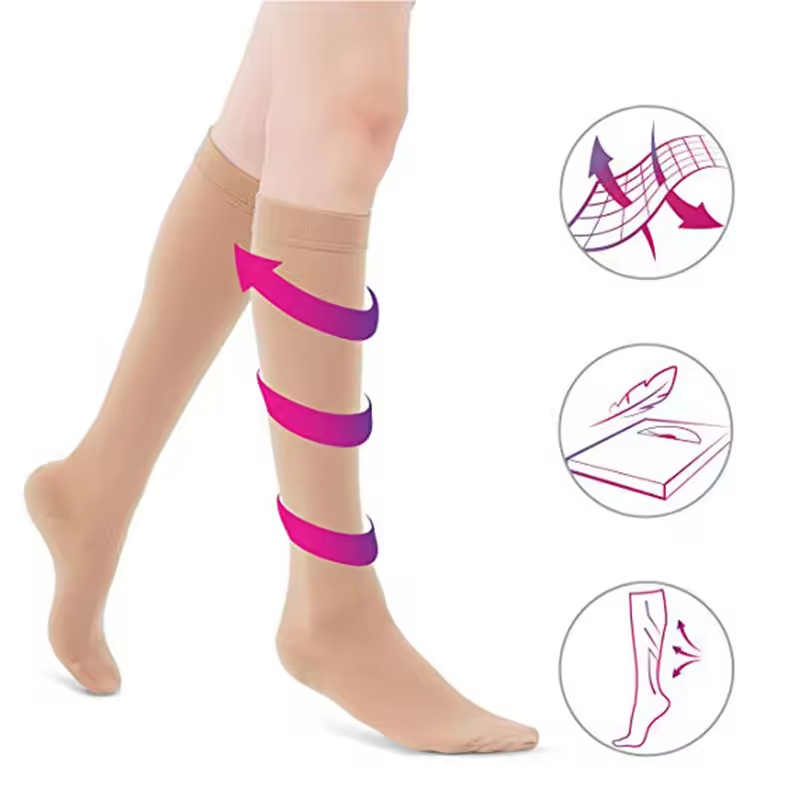The World of Legwear
Legwear has long been a staple in fashion, providing both practicality and style. Two popular choices for legwear are stockings and pantyhose. While they may appear similar at first glance, there are notable differences between the two. In this article, we will explore the contrasting features, materials, and uses of stockings and pantyhose to help you choose the right legwear for any occasion.
Construction and Coverage
One of the primary distinctions between stockings and pantyhose lies in their construction and coverage. Stockings are typically designed as separate garments for each leg, ending at the mid-thigh or higher. They are held up by garter belts or suspenders, providing a seductive and retro aesthetic. On the other hand, pantyhose are one-piece garments that extend from the waist to the toes, covering the entire leg. Pantyhose often have an elasticized waistband that helps keep them in place, eliminating the need for additional accessories.
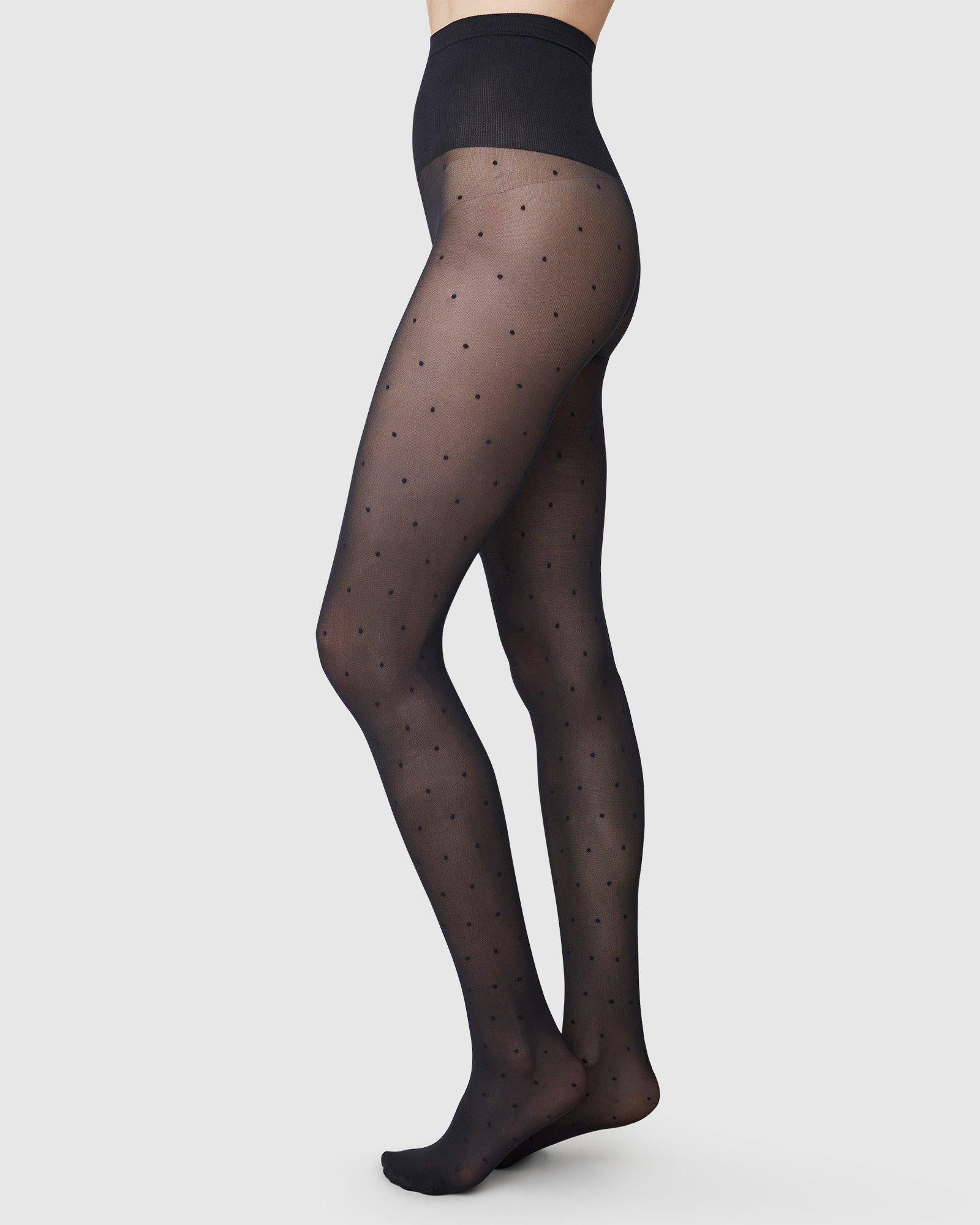
Materials and Texture
Another significant difference between stockings and pantyhose is the materials used and the resulting texture. Stockings are commonly made from sheer nylon or silk, offering a delicate and elegant look. These materials provide a smooth, silky feel against the skin, enhancing comfort and luxury. Pantyhose, on the other hand, can be manufactured using a wider range of materials, including nylon, spandex, and Lycra. This variety of fabric options allows for different textures, such as opaque, matte, or even patterned designs, catering to various preferences and fashion trends.
Sheerness and Transparency
Sheerness and transparency are key factors that distinguish stockings from pantyhose. Stockings are known for their sheer and transparent appearance, offering a glimpse of the skin underneath while adding a touch of sensuality. This subtle reveal makes stockings particularly desirable for formal occasions or intimate settings. In contrast, pantyhose can vary in sheerness, ranging from sheer to semi-opaque or opaque depending on the desired coverage. They provide a consistent, uniform look that conceals imperfections and blemishes, making them suitable for both professional and casual attire.
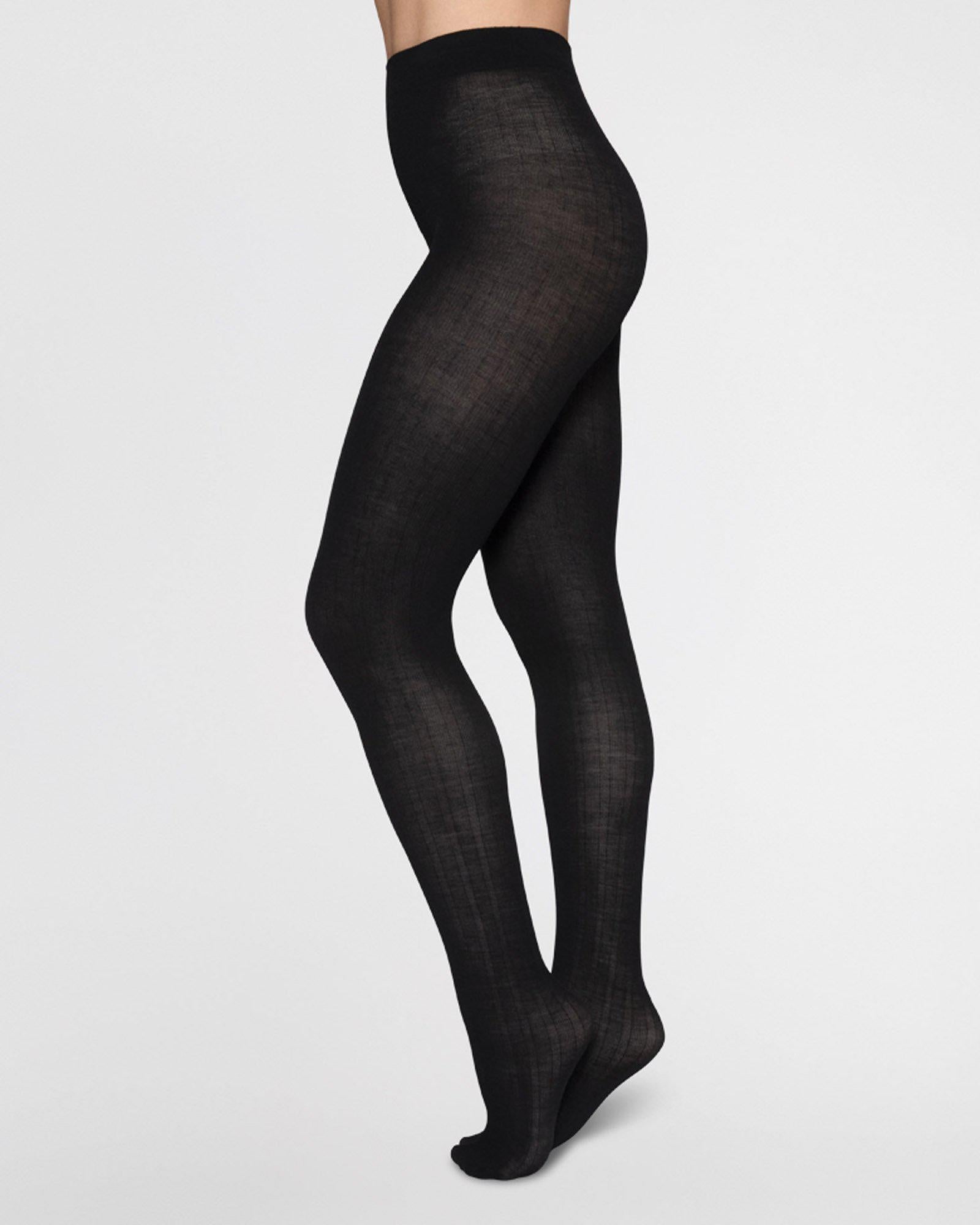
Versatility and Styling Options
When it comes to versatility and styling options, pantyhose often have the upper hand. Their full leg coverage allows for seamless integration into various outfits, from dresses and skirts to shorts and tunics. Pantyhose can provide a polished, streamlined look, smoothing out the appearance of the legs and creating a sleek silhouette. This versatility makes them suitable for both formal and everyday wear. Stockings, on the other hand, are often reserved for special occasions or when seeking a more vintage-inspired aesthetic. They can add a touch of glamour to an outfit, particularly when paired with garter belts and lingerie sets.
Comfort and Breathability
Comfort and breathability are crucial considerations when choosing legwear. Stockings offer a more breathable option, as they do not cover the entire leg. The exposed areas allow for better airflow, reducing the likelihood of overheating or discomfort, especially during warmer months. Additionally, the use of lightweight materials like silk or nylon enhances the overall comfort of stockings. Pantyhose, while providing full leg coverage, have evolved to incorporate breathable fabrics and moisture-wicking properties, ensuring comfort throughout the day. Manufacturers often include features like cotton-lined gussets and reinforced toes to enhance durability and reduce friction.
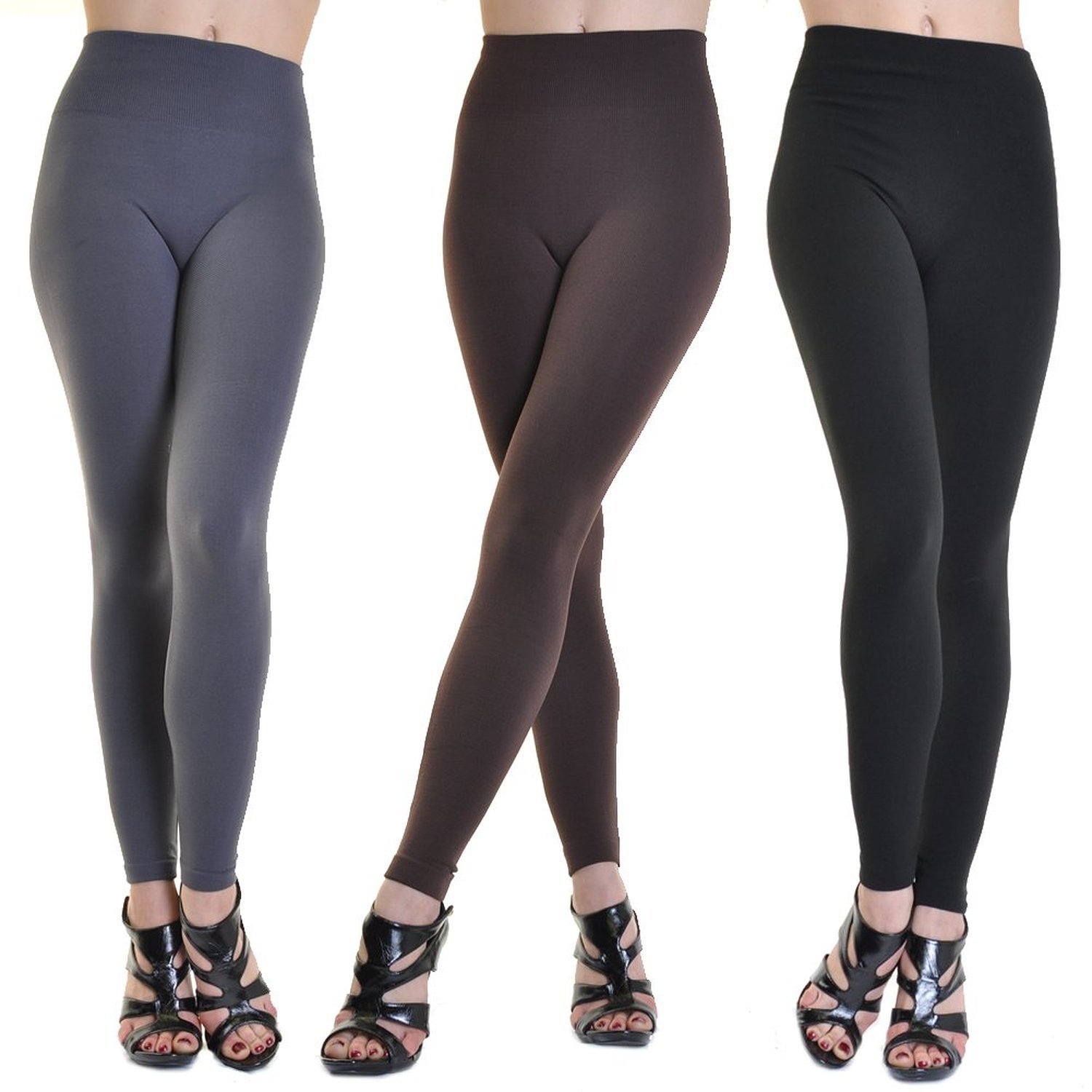
Durability and Longevity
Durability and longevity are important factors to consider, especially when investing in legwear. Stockings, due to their separate construction, can be prone to snags and runs. However, with proper care and attention, they can last for multiple uses. Some stockings even come with reinforced heels and toes to increase durability. Pantyhose, being a one-piece garment, are less likely to develop runs or snags. However, they can still be susceptible to tears or rips if not handled with care. Choosing pantyhose made from high-quality materials and opting for thicker deniers can improve their durability and ensure they withstand regular wear.
Practicality and Convenience
Practicality and convenience play a significant role in choosing legwear for everyday activities. Stockings require the additional use of garter belts or suspenders to keep them in place. While this adds an element of allure, it can also be cumbersome and time-consuming, making stockings less practical for everyday wear. Pantyhose, by comparison, provide a convenient one-piece solution that can be easily pulled on and off, simplifying the dressing process. This convenience makes pantyhose a popular choice for busy individuals who want to maintain a polished appearance without the hassle of additional accessories.
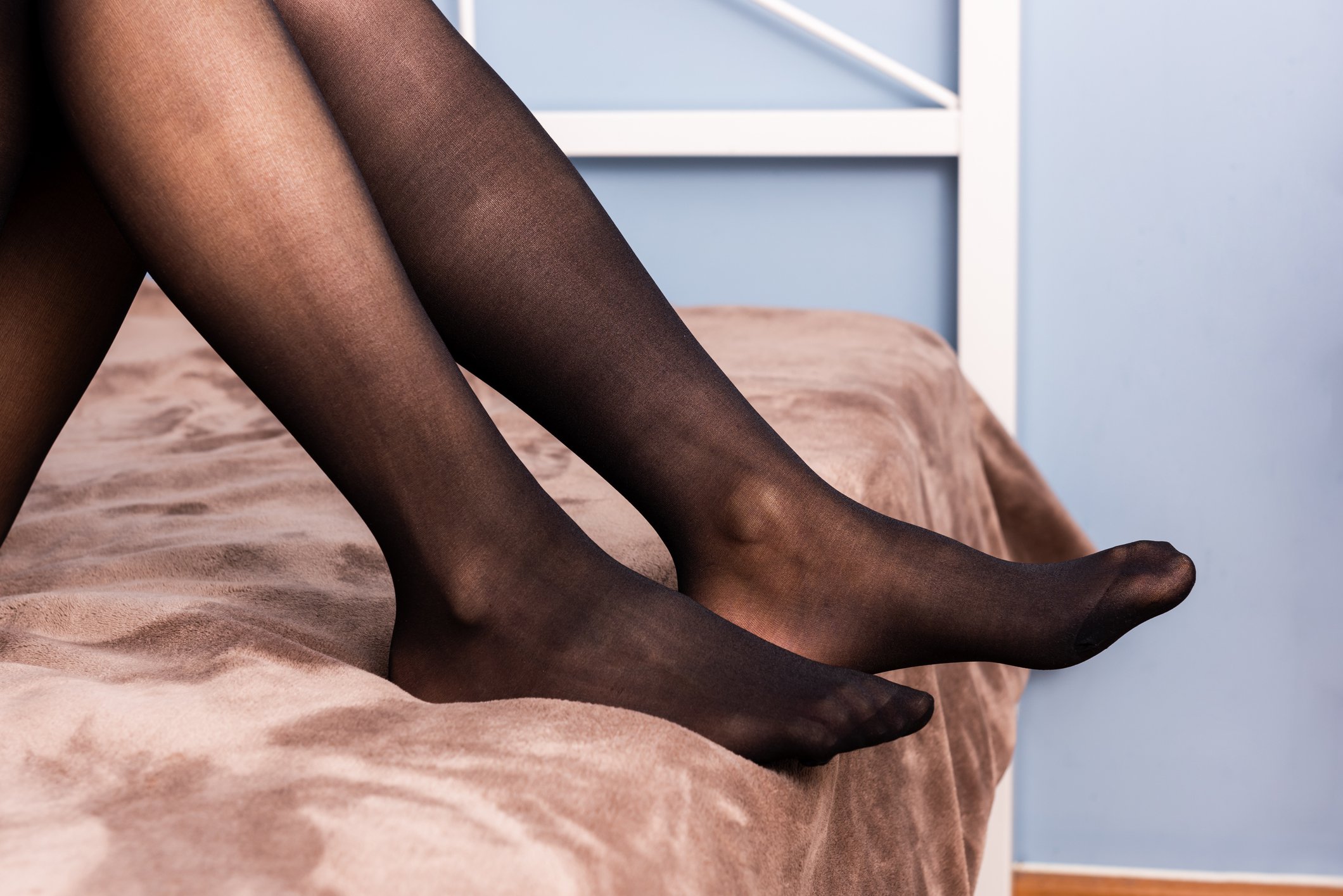
Seasonal Considerations
Seasonal considerations also influence the choice between stockings and pantyhose. Stockings, with their open design and lightweight materials, are often associated with warmer weather or special occasions. They allow for ventilation and a more breezy feel, making them ideal for spring and summer months. Pantyhose, with their full leg coverage, are better suited for colder seasons. They provide an additional layer of warmth and insulation, making them a practical choice during autumn and winter. Additionally, pantyhose can come in thicker deniers, offering greater opacity and protection against chilly temperatures.
Historical Context and Cultural Significance
To fully appreciate the differences between stockings and pantyhose, it’s important to understand their historical context and cultural significance. Stockings have a long history, dating back to the 15th century when they were worn by both men and women. Initially made from wool or silk, they evolved over time to become a symbol of femininity and elegance. The invention of nylon in the 20th century revolutionized the stocking industry, making them more accessible and durable.
Pantyhose, on the other hand, are a relatively recent innovation. They were introduced in the 1960s as a convenient alternative to stockings, coinciding with the rise of miniskirts and shorter hemlines. Pantyhose provided a seamless look that complemented modern fashion trends, offering women a practical yet stylish solution for covering their legs. This shift marked a significant change in women’s fashion and liberated many from the constraints of garter belts and suspenders.
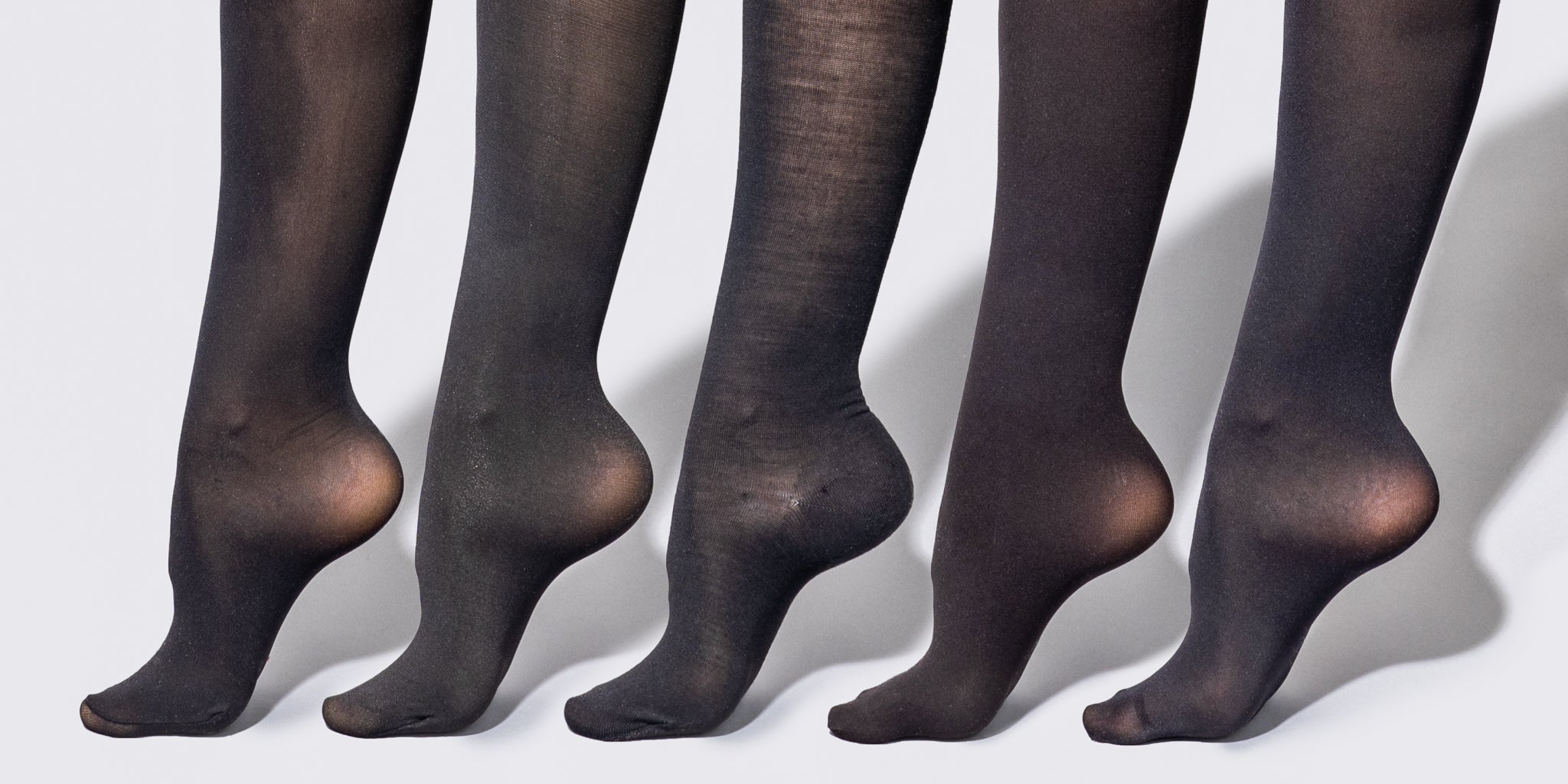
Conclusion
While stockings and pantyhose may seem similar at first glance, their distinct characteristics set them apart in terms of construction, coverage, materials, and practicality. Stockings offer a timeless, sensual appeal with their separate leg design and sheer materials, making them perfect for special occasions. Pantyhose, with their full leg coverage and versatile styling options, cater to everyday wear and provide a polished look. By considering factors such as comfort, durability, and seasonal appropriateness, individuals can select the legwear that best suits their preferences, needs, and fashion choices, ensuring confidence and style in every step.

